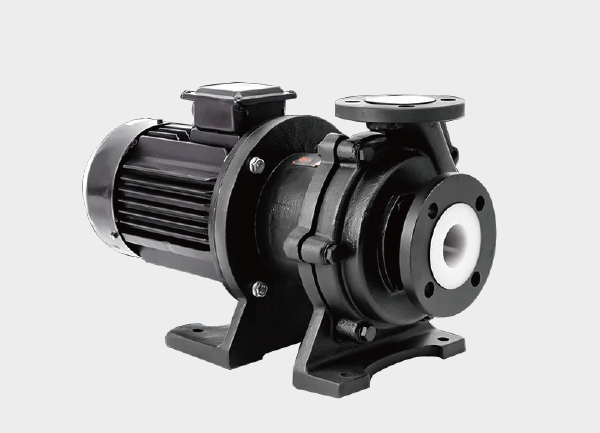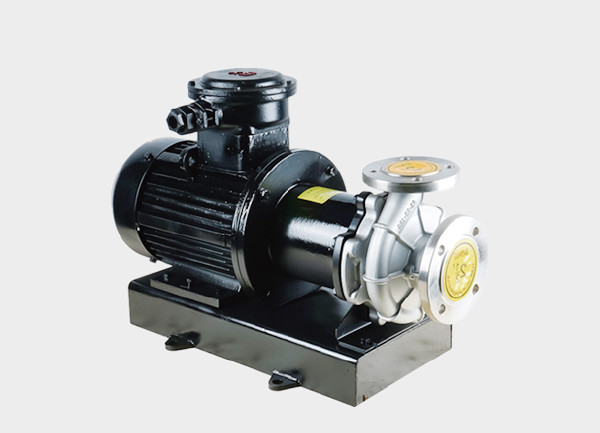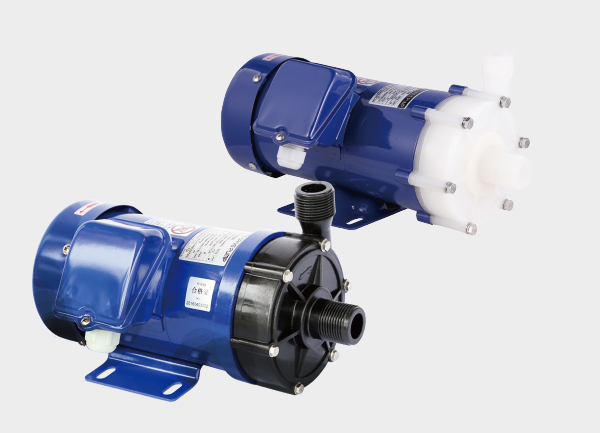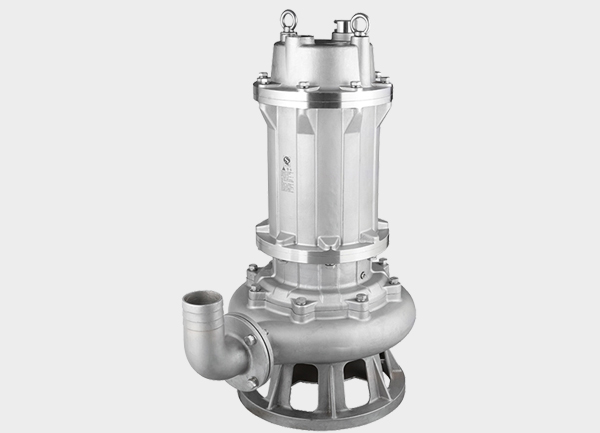When it comes to fluid transfer equipment, centrifugal pumps and magnetic drive pumps are two of the most widely used options. Many people confuse the two, but in fact, they are quite different in terms of structure, sealing performance, safety, and applications. This article explains the key differences between magnetic drive pumps and centrifugal pumps in a clear and practical way.、

1. Working Principle
The most fundamental difference lies in how the pumps transmit power:
Centrifugal Pump: Driven by a motor, the pump shaft directly rotates the impeller. The liquid is thrown outward by centrifugal force, which creates flow and pressure.
Magnetic Drive Pump: Instead of direct mechanical connection, it uses a magnetic coupling. The motor drives an external magnet, which in turn drives an internal magnet connected to the impeller. This achieves non-contact power transmission.
👉 In short, centrifugal pumps use direct mechanical drive, while magnetic drive pumps rely on non-contact magnetic coupling.
2. Sealing and Leakage
Centrifugal Pump: Typically relies on mechanical seals or packing seals. Over time, seals wear out, which can lead to leakage.
Magnetic Drive Pump: Eliminates mechanical seals and uses a static seal with an isolation sleeve. This design ensures zero leakage, which is especially important for toxic, corrosive, or flammable liquids.
👉 This is why magnetic drive pumps are considered much safer in chemical and hazardous industries.
3. Maintenance and Reliability
Centrifugal Pump: Simple structure, easy to maintain, and lower upfront cost. However, mechanical seals need regular inspection and replacement.
Magnetic Drive Pump: More complex due to the magnetic coupling and isolation sleeve. Repairs can be more specialized, but since there are no mechanical seals, the frequency of maintenance is much lower.
4. Application Scenarios
Centrifugal Pump: Best suited for clean water and general liquids, widely used in municipal water supply, HVAC systems, and agricultural irrigation.
Magnetic Drive Pump: Designed for hazardous or sensitive fluids, such as strong acids, alkalis, solvents, or flammable liquids. Commonly found in chemical plants, pharmaceutical industries, electronics cleaning, and semiconductor manufacturing.
5. Cost and Economy
Centrifugal Pump: Generally less expensive, making it ideal for large-volume, low-risk applications.
Magnetic Drive Pump: Higher cost due to advanced design and materials, but the investment pays off by avoiding safety hazards, environmental issues, and leakage-related losses.
Conclusion
The difference between magnetic drive pumps and centrifugal pumps can be summarized as follows:
Centrifugal pumps are economical, simple, and suitable for standard liquid transfer.
Magnetic drive pumps are safer, leak-free, and designed for toxic, corrosive, or flammable media.
When choosing between the two, companies should consider the type of liquid, safety requirements, operating environment, and budget.
👉 For industries that deal with hazardous chemicals, a magnetic drive pump is often the best choice. For everyday water supply or low-risk fluids, a centrifugal pump is usually more cost-effective.







